
cd_nom
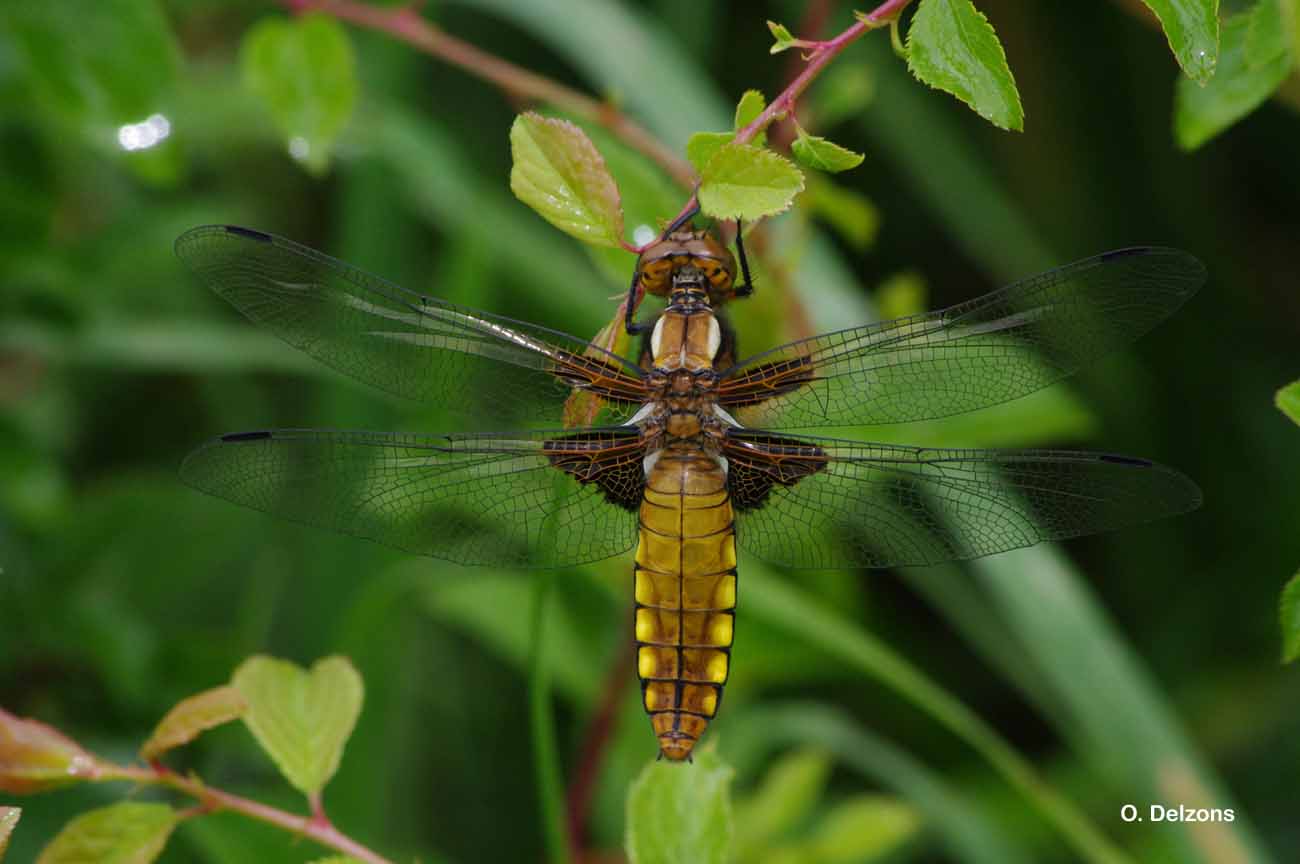
| Author : O. Delzons |
 |
To get the picture, please visit:
Olivier DELZONS
Muséum national d'Histoire naturelle - Service du Patrimoine Naturel
36 rue Geoffroy Saint-Hilaire
CP 41
75 231 PARIS CEDEX 05
e-mail : delzons@mnhn.fr
Despite the Creative Commons license, please inform the author of the use which will be made of his photo
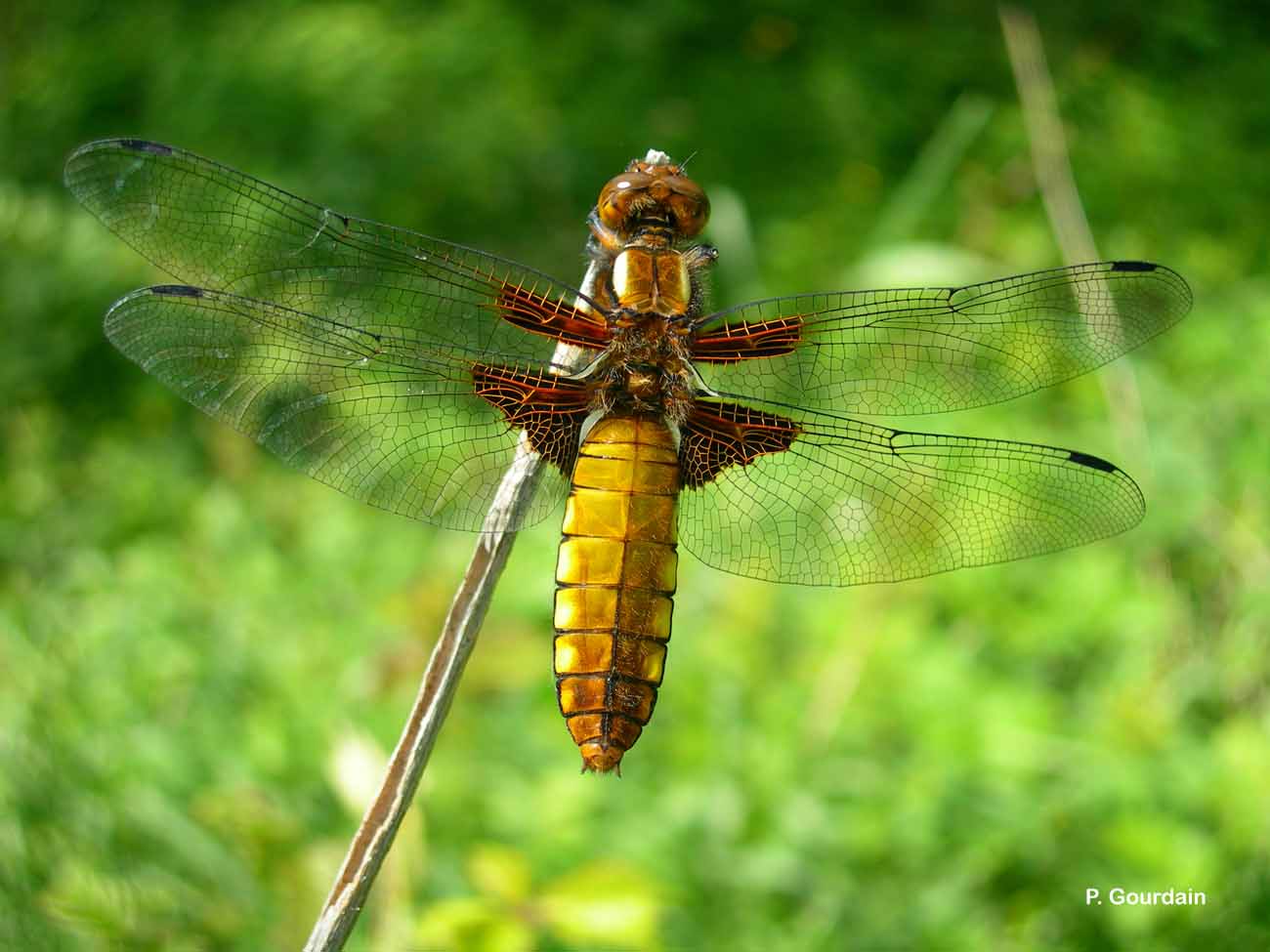
| Author : P. Gourdain |
 |
To get the picture, please visit:
Philippe GOURDAIN
Muséum national d'Histoire naturelle - Service du Patrimoine Naturel
36 rue Geoffroy Saint-Hilaire
CP 41
75 231 PARIS CEDEX 05
e-mail : inpn@mnhn.fr
Legend: Faverney
Despite the Creative Commons license, please inform the author of the use which will be made of his photo
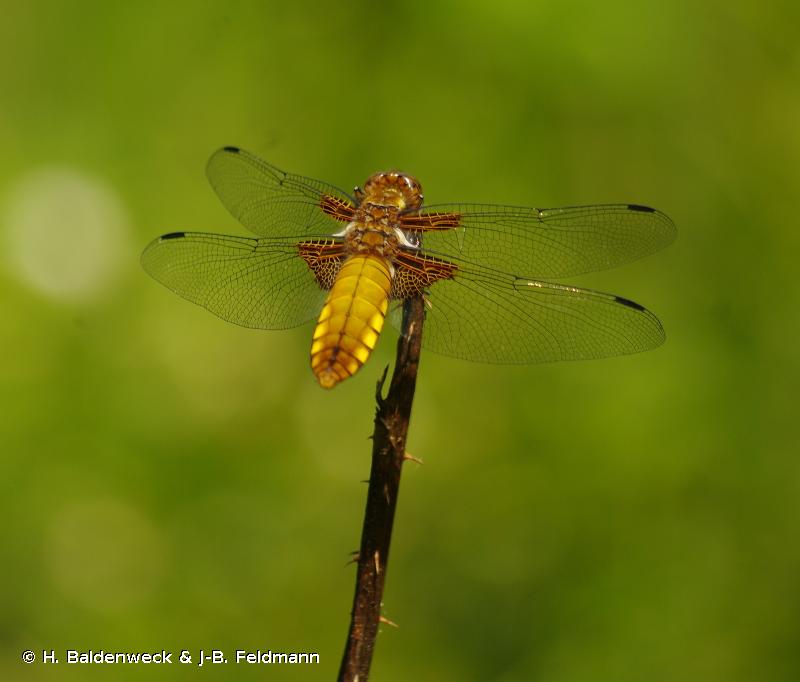
| Author : H. Baldenweck & J-B. Feldmann |
 |
To get the picture, please visit:
hbaldenweck@gmail.com
Despite the Creative Commons license, please inform the author of the use which will be made of his photo
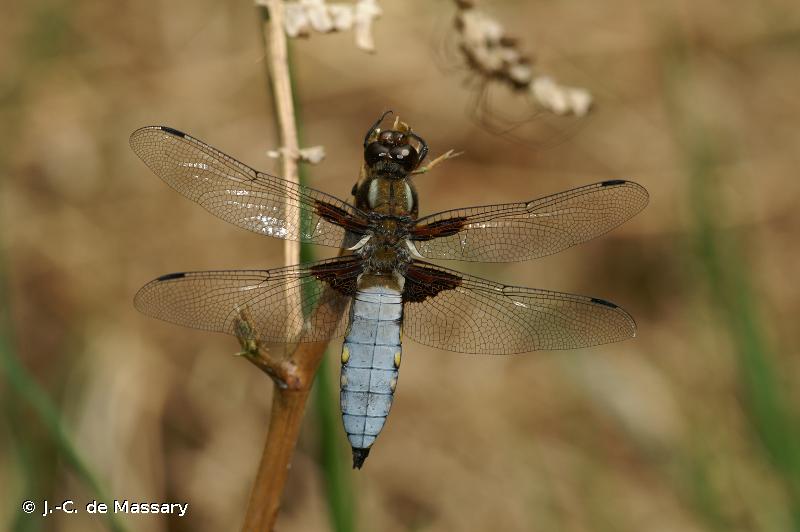
| Author : J.-C. de Massary |
 |
To get the picture, please visit:
Massary (de)Jean-Christophe
25 rue des Sorbiers
60510 LA NEUVILLE EN HEZ
Legend: Imago mâle
Despite the Creative Commons license, please inform the author of the use which will be made of his photo
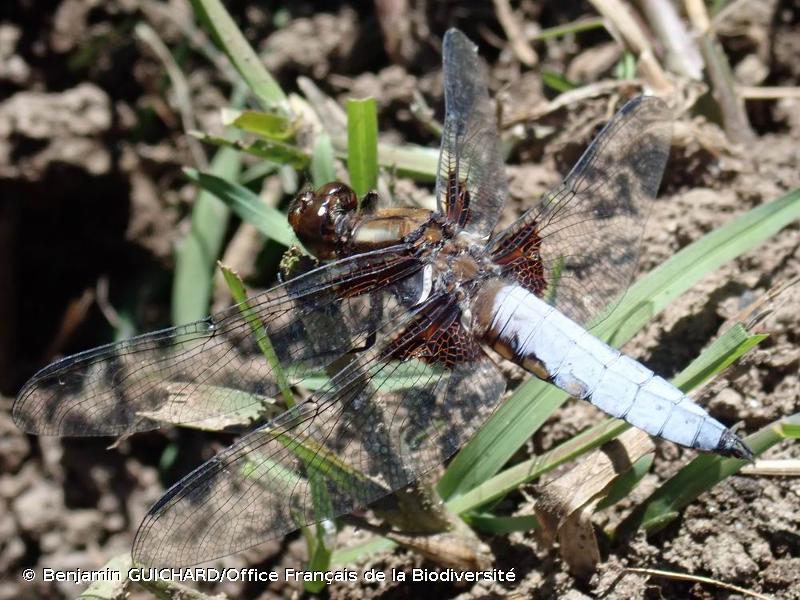
| Author : Benjamin GUICHARD/Office Français de la Biodiversité |
 |
To get the picture, please visit:
Benjamin Guichard
email : inpn@mnhn.fr
Despite the Creative Commons license, please inform the author of the use which will be made of his photo
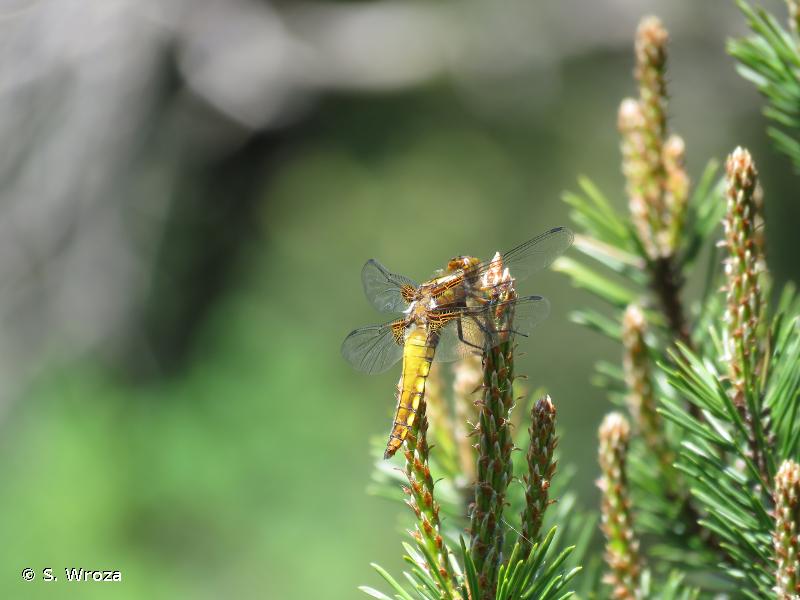
| Author : S. Wroza |
 |
Despite the Creative Commons license, please inform the author of the use which will be made of his photo
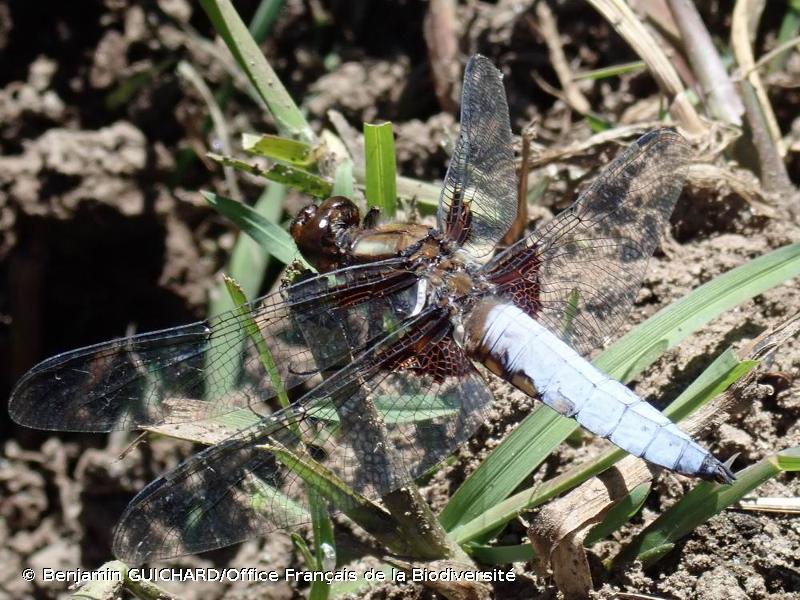
| Author : Benjamin GUICHARD/Office Français de la Biodiversité |
 |
To get the picture, please visit:
Benjamin Guichard
email : inpn@mnhn.fr
Despite the Creative Commons license, please inform the author of the use which will be made of his photo
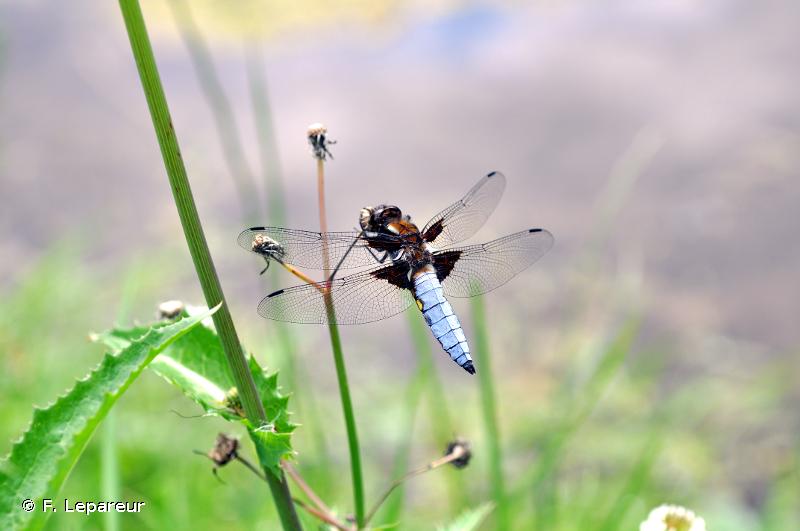
| Author : F. Lepareur |
 |
To get the picture, please visit:
UMS Patrimoine Naturel
Muséum national d'Histoire naturelle
55 rue Buffon, CP 51,
75 231 PARIS CEDEX 05,
e-mail : flepareur@mnhn.fr
Despite the Creative Commons license, please inform the author of the use which will be made of his photo
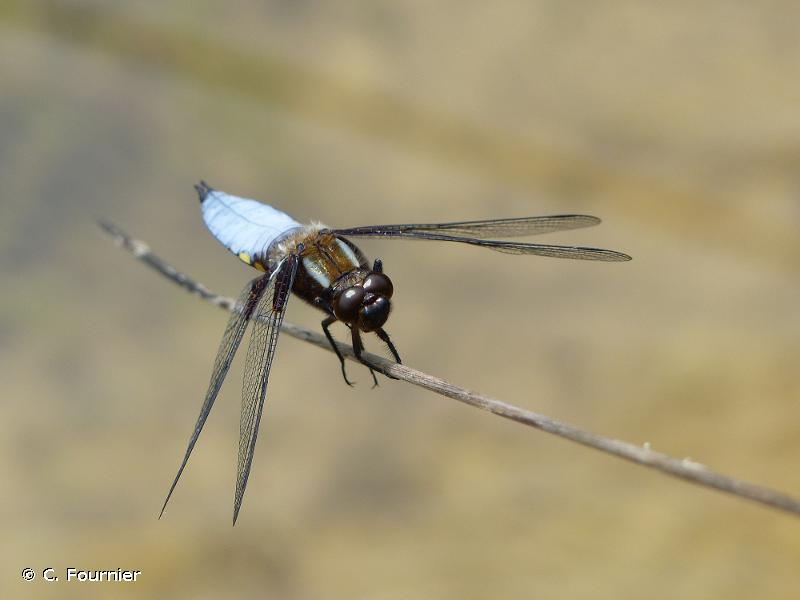
| Author : C. Fournier |
 |
To get the picture, please visit:
Despite the Creative Commons license, please inform the author of the use which will be made of his photo
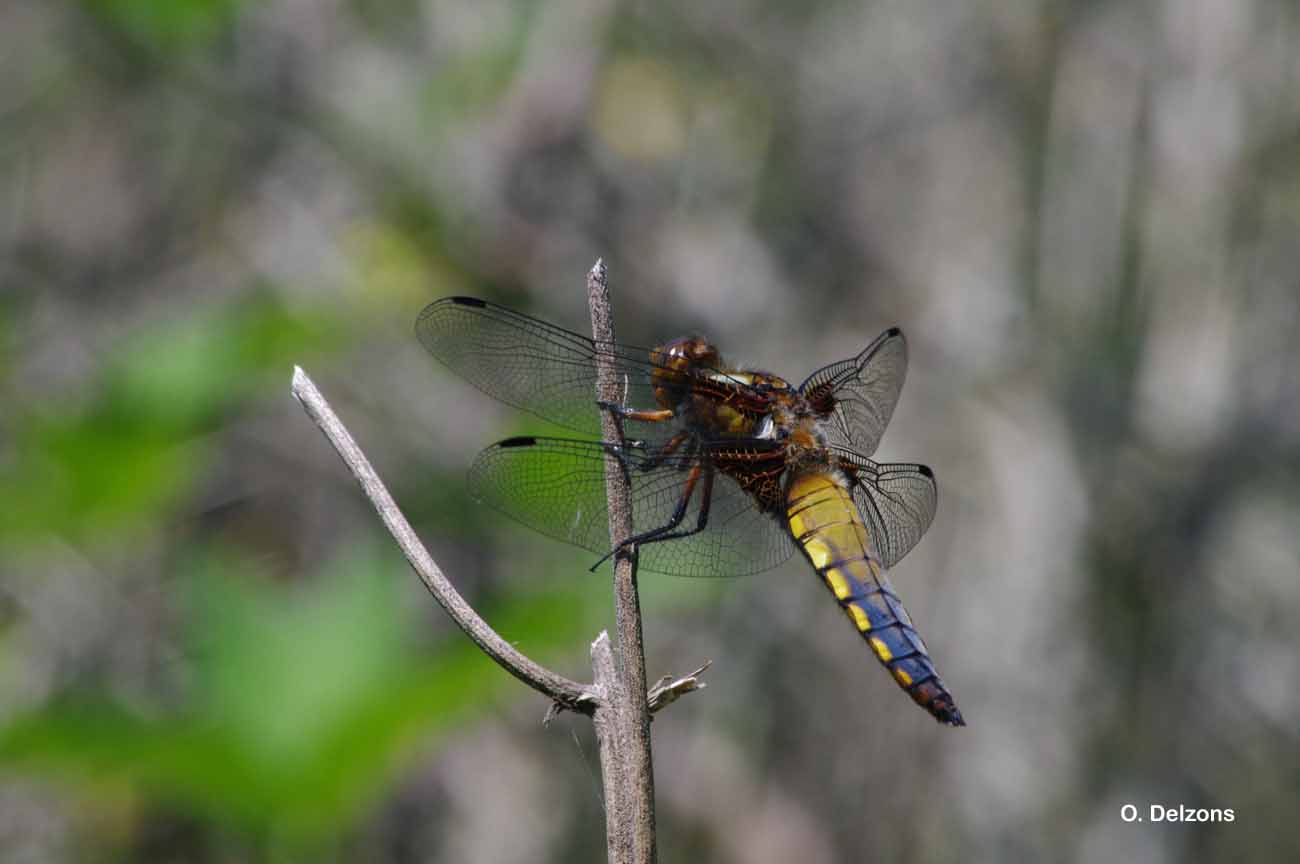
| Author : O. Delzons |
 |
To get the picture, please visit:
Olivier DELZONS
Muséum national d'Histoire naturelle - Service du Patrimoine Naturel
36 rue Geoffroy Saint-Hilaire
CP 41
75 231 PARIS CEDEX 05
e-mail : delzons@mnhn.fr
Despite the Creative Commons license, please inform the author of the use which will be made of his photo
Taille/poids :
Longueur de l'abdomen : 21-31 mm.
Diagnose :
Cette espèce se caractérise par son abdomen large et trapu, avec des lunules latérales jaunes sur chaque segment. Les mâles matures ont l'abdomen recouvert d'une pruinosité bleue qui peut cacher les lunules jaunes. L'abdomen des femelles est brun jaune.
Détermination :
Cette espèce est simple à reconnaître.
Période d'observation :
Les adultes sont observés d'avril à septembre.
Biologie-éthologie :
Cette espèce a une génération par an à basse altitude. En montagne, la durée du stade larvaire est plus longue et l'on observe une génération tous les 2 ans. Les larves sont aquatiques et carnivores. Elles sont capables de passer l'hiver enfouies dans la terre asséchée et peuvent se déplacer d'une mare à une autre par la terre ferme. Les adultes émergent au printemps. Ils sont aussi carnivores et ont un fort pouvoir de déplacement. L'accouplement se déroule en vol et dure moins de 30 secondes. La femelle pond ses œufs isolément à la surface de l'eau. Ils sont enrobés d'un mucus qui facilite leur adhésion à divers supports.
Biogéographique et écologie :
L'espèce est présente en Europe, en Asie centrale et en Asie mineure. C'est une espèce pionnière très commune qui colonise de nombreux types d'habitat associés à des eaux stagnantes ou faiblement courantes. On l'observe jusqu'à 2000 m d'altitude.
D'après :
Grand, D. & Boudot, J.-P. 2006. Les Libellules de France, Belgique et Luxembourg. Collection Parthénope. Biotope, Méze : 480 pp.
Dijkstra, K.-D. B. 2007. Guide des libellules de France et d'Europe. Les guides du naturaliste. Delachaux & Niestlé, Paris.P. Dupont(UMS 2006 Patrimoine Naturel (AFB / CNRS / MNHN)),2016
Continental
Metropolitan France
Overseas
Marine
Metropolitan France
Overseas
The map presents a summary at the 10 x 10 km grid of the observation data for the species transmitted to the SINP. These data have been subjected to validation filters.
The map presents a reference distribution layer of the species at the scale of departments and marine sectors. The presence and absence data were established by expertise within a network of partners. This reference distribution is used in the validation process of the SINP data at the INPN level.
Corresponds to a report on the basis of at least one observation proved within a period of 10 years (20 years for little-known invertebrates) preceding the year and no presumption of extinction since obtaining the last data nor doubt on reproductive and implemented nature of this population. For migratory species, the presence indicated concerns areas of reproduction.
This status is based on one or more of the following criteria:
This point covers the absence, more difficult by nature to demonstrate than presence. This status is based on one or more of the following criteria:
This status must be assigned to a department in which the presence of the species is casual.
Particular case of absence due to a proven extinction less than a half century ago (older disappearances are treated as "no probable or definite").
In the state of knowledge, we can not comment on the presence or absence in the current department. This is the default status when not comprised in one of the previous categories or whenever there is doubt.
The map shows the global distribution of the species based on GBIF data (Global Biodiversity Information Facility).
